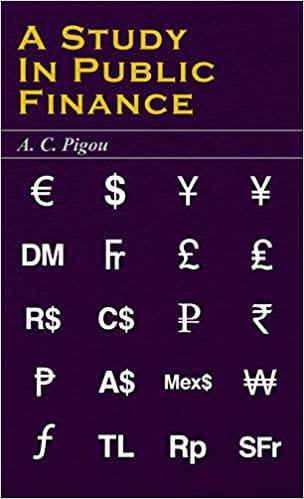CHAPTER 8 GRADED HOMEWORK Saved For the given cash flows, suppose the firm uses the NPV decision rule. 10 points Cash Flow -$ 157,300 74,000 87,000 46,000 ( 8 00:38:53 eBook a. At a required return of 9 percent, what is the NPV of the project? (Do not round intermediate calculations and round your answer to 2 decimal places, e.g., 32.16.) b. At a required return of 21 percent, what is the NPV of the project? (A negative answser should be indicated by a minus sign. Do not round intermediate calculations and round your answer to 2 decimal places, e.g., 32.16.) References NPV b. NPV Consider the following cash flows: Year 10 points WN-O Cash Flow -$7,800 3,100 3,200 2,200 1,400 ( 8 00:38:31 eBook What is the payback period for the above set of cash flows? (Do not round intermediate calculations and round your answer to 2 decimal places, e.g. 32.16.) Hint Payback period years References Check m A project that provides annual cash flows of $2,620 for eight years costs $9,430 today a. At a required return of 8 percent, what is the NPV of the project? (Do not round intermediate calculations and round your answer to 2 decimal places, e.g., 32.16.) b. At a required return of 24 percent, what is the NPV of the project? (A negative answer should be indicated by a minus sign. Do not found intermediate calculations and round your answer to 2 decimal places, e.g., 32.16.) c. At what discount rate would you be indifferent between accepting the project and rejecting it? (Do not round intermediate calculations and enter your answer as a percent rounded to 2 decimal places, e.g., 32.16.) NPV b. NPV C. Discount rate Check my world o Consider the following two mutually exclusive projects: Year 0 points Cash Flow X) -$23,900 13,100 9,480 7,890 Cash Flow (Y) -$23.900 9,300 10.620 11,180 i 00:38:03 lo 19 to a. What is the IRR of Project X? (Do not round intermediate calculations and enter your answer as a percent rounded to 2 decimal places, e.g., 32.16.) b. What is the IRR of Project Y? (Do not round intermediate calculations and enter your answer as a percent rounded to 2 decimal places, e.g., 32.16.) c. What is the crossover rate for these two projects? (Do not round intermediate calculations and enter your answer as a percent rounded to 2 decimal places, e.g. 32.16.) References IRR 6. Crossover rate Check my world Doak Corp. is evaluating a project with the following cash flows. The company uses a discount rate of 11 percent and a reinvestment rate of 8 percent on all of its projects. Year Toilo UWNLO Cash Flow -$32,600 11,520 14,670 11,270 10,940 - 4.230 Calculate the MIRR of the project using all three methods with these interest rates. (Do not round intermediate calculations and enter your answers as a percent rounded to 2 decimal places, e.g., 32.16.) Discounting approach Reinvestment approach Combination approach Check my Doak Corp. is evaluating a project with the following cash flows. The company uses a discount rate of 11 percent and a reinvestment rate of 8 percent on all of its projects Year points (8 00:37:42 UWN Cash Flow -$32,600 11,520 14,670 11.270 10,940 - 4,230 eBook Calculate the MIRR of the project using all three methods with these interest rates. (Do not round Intermediate calculations and enter your answers as a percent rounded to 2 decimal places, e.g. 32.16.) Discounting approach Reinvestment approach Combination approach Check my work Kaleb Konstruction, Inc., has the following mutually exclusive projects available. The company has historically used a three year cutoff for projects. The required return is 10 percent points Year (8 00:37:29 Project F - $ 195,000 98.400 86,300 81,600 72,000 64,800 Project G -$298,000 71,600 94,500 123,600 166,800 187,200 References a. Calculate the payback period for both projects. (Do not round intermediate calculations and round your answers to 2 decimal places, e.g., 32.16.) b. Calculate the NPV for both projects. (Do not round intermediate calculations and round your answers to 2 decimal places, e.g.. 32.16.) c. Which project should the company accept? years Project F Project G b. Project F Project G C. Project acceptance













